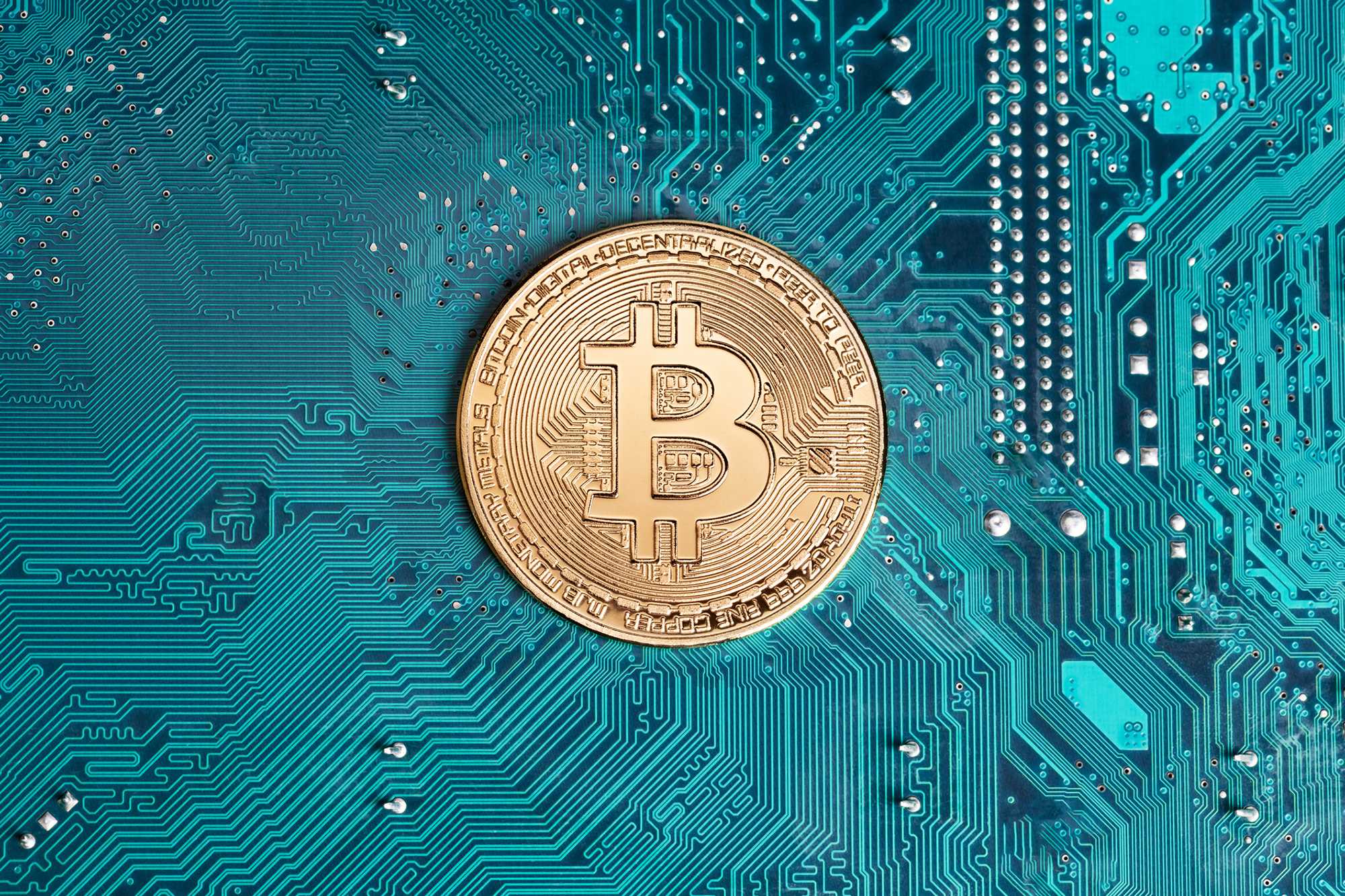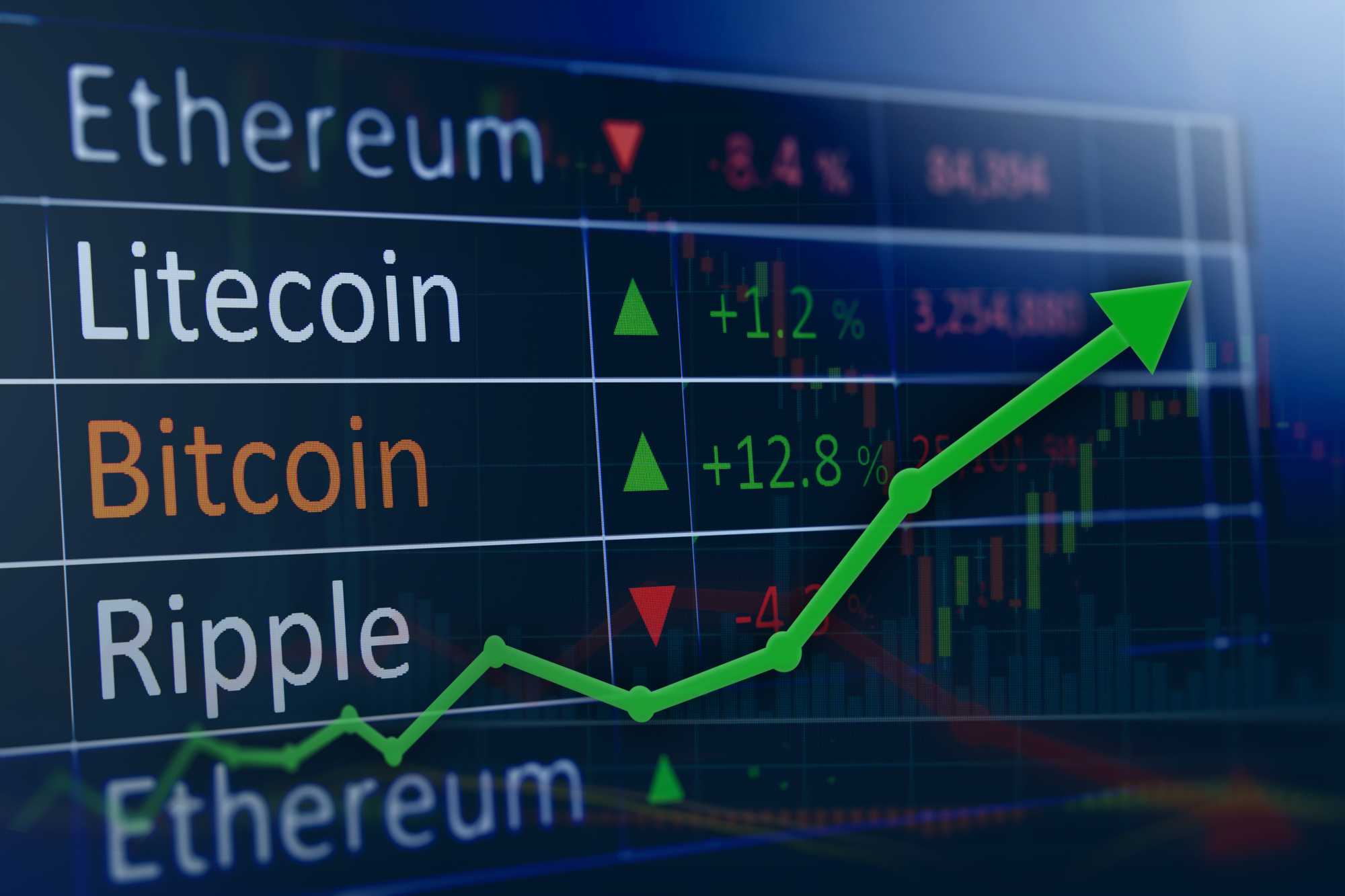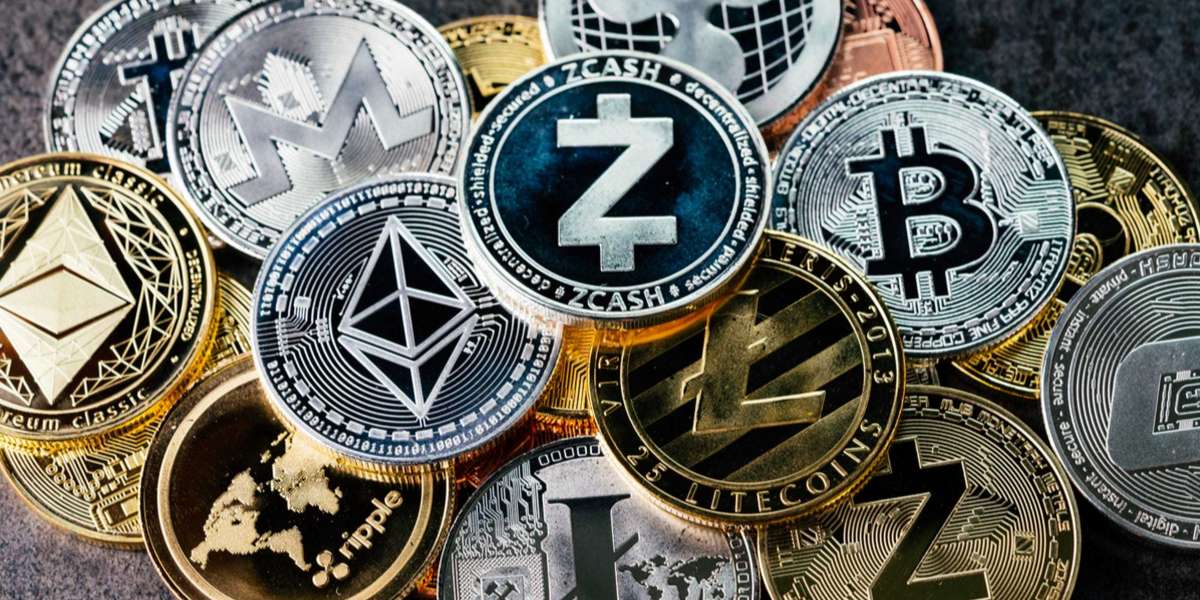Preface
Alas, the moment many of us have been waiting for, the great crypto boom of 2021. I believe that there are a multitude of reasons as to why we are seeing the great crypto boom of 2021.
Decades of poor monetary policy and government spending. The collapse 2of the value of the U.S. dollar by 99% over the last 100 years. Governments and countries around the world aiming to replace 1 the dollar as the global reserve currency.
The craziness with the pandemic that led to a financial collapse back in March, compelling the Fed to print trillions of dollars out of thin air in order to prevent further catastrophe. Loss of trust in our financial and political overlords and leaders.
And the list goes on and on. People are waking up, and many of us don’t like what we see.
The Federal Reserve is a major driver behind our economy, and the two major weapons that they have in their disposal are: 1) to print more money 2) to raise or lower interest rates. Interest rates are at 0 already, so that weapon is out. Some European countries have negative interest rates, and it’s entirely possible for us to get there as well.
Their other weapon is to print more money, which we are seeing them do at a dizzying pace. This leads to inflation, loss of value in the U.S. dollar, and maybe even hyperinflation down the road. Even the Fed themselves stated 1that they might have to let inflation “run hot” for a little while.

Bitcoin’s Explosion
Bitcoin not only surpassed it’s all time high of $20,000 last month, it left it in the dust. Roughly 11 years we waited for Bitcoin to reach $20,000, and we just added another $20,000 in a matter of months.
Many of the other top 100 cryptocurrencies are starting to see some serious money pump into it as well. Ethereum has had a 50% gain over the last week. Some coins have seen over a 100% gain as well seemingly overnight. Scary times overall with the global financial markets, but exciting times for cryptocurrency.
Institutional Investors
But there are many more reasons as to why we are seeing this crazy crypto boom. Those institutional investors that we were promised would get on board for years have finally started getting on board.
The big enchilada that really kicked this off several months ago was MicroStrategy when they announced 2that they would be investing over a billion dollars into Bitcoin. Others have followed suit, which I believe is causing FOMO (fear of missing out) for many other investors.
Additionally, Grayscale, a U.S. crypto investment firm, has opened the doors for investors to invest in the major cryptocurrencies without having to hold the underlying assets. Grayscale’s investment firm has been wildly successful, and has been aggressively buying 1 up Bitcoin over the last several months.
Tech Companies
It’s not just the investors that are getting into the cryptocurrency action though. We are seeing some major adoption by large businesses and companies such as PayPal.
A few months ago, PayPal announced that they would allow you to store, buy, sell, and trade with cryptocurrencies on their platform, along with all 28 million merchants that they work with. This is no small announcement. Jack Dorsey’s company Square just bought $50 million worth of Bitcoin recently as well.
Banks
Additionally, Central Banks around the world are eyeballing cryptocurrencies as a viable method for everyday use, which could potentially replace the U.S. dollar as we know it with it’s digital equivalent called a stablecoin.
Stablecoins are cryptocurrencies pegged to the value of the dollar, and are always worth a dollar, eliminating the volatility that we’ve seen with other cryptocurrencies. Why would the Central Banks be so interested in this technology though? Well I believe it comes down to the fact that by the very nature of blockchain technology, cryptocurrency and stablecoins would create the perfect audit trail.
No more under the table deals or cash payments. Governments would be able to track every single penny, transacted by anyone, and anywhere.
As of the other day, January 5th, another major announcement was made by the OCC, which stated 2that banks could legally work with blockchain technologies and conduct payments using stablecoins with its customers.
This is a historical moment for cryptocurrency, as it has been unclear what stance the major government players would take regarding crypto.
Bitcoin’s Third Halving Cycle
But let’s dive into the technical reasons as to why this crypto boom is happening. I wanted to start with something called the “Bitcoin Halving”.
This is an event that happens every four years and is entirely based on Bitcoin’s code. The halving states that every four years, the amount of new Bitcoin created every 10 minutes will be cut in half. Earlier this year, we went through the third Bitcoin halving, and the amount of new Bitcoin being created went from 12 Bitcoins to 6 Bitcoins every ten minutes.
It’s not necessary for you to understand how exactly this works if you aren’t super technical. Just know that over time, Bitcoin will be harder and harder to come by, leading to digital scarcity similar to mining gold. The more gold you mine, the less there is out there to be mined, and the harder it is to acquire.
If we look back on Bitcoin’s history, it has followed a four-year cycle to the T. With generally about two years of bear market, followed by two years of a bull market. The last bull market ended back in the crypto boom of late 2017 and early 2018.
Since then, it has been a bit of a brutal bear market, with Bitcoin and virtually every other cryptocurrency taking about an 80% nosedive from their peaks. We are finally coming out of this bear market, and all the signs are signaling that the next bull market has officially started.
The Bitcoin halving cycles have historically kicked off previous bull runs, and it looks like this cycle is no different.

Ethereum and DeFi
Next up on the technical list is Ethereum. Ethereum is a platform for creating smart contracts and decentralized applications. Smart contracts aim to fully replace all contractual agreements as we know them today with self-executing, fully autonomous, highly secure digital agreements.
Within the last year, a sector called DeFi (Decentralized Finance) has exploded on Ethereum. Development teams are literally making lending, borrowing, trading, buying, and selling applications, that anyone can interact with, that are built on top of Ethereum, and that have created a wave of extreme excitement.
With DeFi, you can earn attractive interest rates with your money if you store it in these DeFi apps, something that the banks do not offer. DeFi already has tens of billions of dollars stored within their smart contract applications. It’s extremely exciting stuff, but that’s not the topic of this blog.
Instead, I wanted to talk about the historical event that just happened a few months ago in late 2020.
Ethereum went from a major transition in its software. It upgraded from Ethereum 1.0 to 2.0. There is a long journey ahead before Ethereum 2.0 is fully realized, but Ethereum 2.0 is a major step in the right direction for direct consumer, institutional, banks, and even government adoption.
With Ethereum 1.0, it worked well, but you could only process roughly 15 transactions a second. It’s important to note, Ethereum is a technology that is shared globally.
There is only one Ethereum network, and it has become quite popular. That means that everyone in the world that wants to use it has to fight to get their transactions in on the platform.
And these transactions aren’t free, by the way. They cost considerable money. The more flooded the Ethereum network is, the higher the price that these transactions cost. When you compare Ethereum to the global Visa network, a network that processes around 10,000 transactions per second, you can quickly see why 15 transactions a second is wholly inadequate if it wants to scale.
Ethereum 2.0 aims to solve this by increasing the transactions per second into the thousands per second, with greatly reduced costs of those transactions.
On top of this, many other companies are creating scaling solutions to supplement the Ethereum network. They are called layer two scaling solutions, but far beyond the scope of this blog. In essence, they aim to increase the number of transactions per second on Ethereum.
One such exciting scaling technology is called Arbitrum which was created by Ed Felten, the former deputy Chief Technology Officer of the White House.
Ed and his team have provided the cryptocurrency world full confidence that they have solved Ethereum’s scaling issues with a solid 4,500 transactions per second now, but up to 40,000 transactions in the future by leveraging layer 2 sidechains.
The people behind Ethereum are trucking along with its development, but like I said, it isn’t exactly a simple task to do this with such a groundbreaking and revolutionary technology that has never been done before. It’s no doubt though, that Ethereum is making serious progress and moving in the right direction.
Ethereum doesn’t just want to steal the lunch of the banks around the world, it wants to eat their cake, too. And don’t forget, the OCC just said that banks could legally utilize publicly available blockchain technologies like Ethereum.
So the banks are finally getting involved, however, U.S. citizens could decide that they want to circumvent the banks altogether. With Ethereum and DeFi, you are the bank. You don’t need banks at all in order to store your money, buy, sell, and trade.
You can simply use the free, open-source DeFi applications that exist as of right now. I personally use DeFi for my savings and investing account. There are risks involved of course, but you could move all of your money stored in savings, checking accounts, and retirement accounts onto DeFi right now.
Why would people want to use banks and receive 0%, or even negative interest rates, on their hard-earned money when they could use DeFi and earn a stable 6%?
Additionally, Ethereum could literally become the global settlement layer of Wall Street if it reaches full adoption. I can’t even begin to explain the amount of value that would pour into not only Ethereum if this would happen, but the greater crypto and blockchain community as a whole.
Other bloggers such as Bankless do this topic much more justice than I could, but if you aren’t aware of it, you need to be. Check out this post 1 that explains this concept more in depth.
Almost as crazy to think about is the concept that Ethereum is quite possibly the greatest model for money that the world has ever seen. As defined by another Bankless blog 1, Ethereum has become “an economic trifecta: a triple point asset”.
It falls under all three asset classes. It can be used as a capital asset such as equities and bonds, a consumable/transformable asset such as physical commodities and precious metals, and a store of value asset such as real estate and currencies.
No other asset class in history has ever fallen into all three categories. Real estate may fall into two of the three classes, the store of value and capital assets classes, but it doesn’t fall into the consumable/transformable asset class such as precious metals.
I highly encourage you to read the blog in order to get a better understanding of this.

Where We Go From Here?
So where is all of this going for 2021 and beyond? Well, I’d be lying if I told you that I knew the answer. Honestly, no one has a clue, and be cautious of anyone out there that makes bold and confident claims, especially in the short term.
I’ve been in cryptocurrency world since late 2017, and even the “experts” are often wrong. Cryptocurrency markets aren’t immune to market crashes either. We saw this back in March, when just about every financial market tanked. Cryptocurrencies took a big hit as well.
These are most of the exciting highlights that help explain this current crypto boom of 2021, but there is so much more. I’ll be the first to acknowledge, we live in rocky and turbulent times right now, so this crypto boom may not last forever.
I would be cautious investing large sums of money right now into cryptocurrencies. The greatest single piece of advice that I can give anyone is not to FOMO into Bitcoin or Ethereum. Be smart about it, and do your own research.
I’m not into day trading, and for the average person, I don’t recommend it at all. It’s stressful, and if you don’t know what you are doing, you could lose everything. I’m personally more of a buy and hold kind of investor. I’m in it for the long haul.
Conclusion
Where will crypto go in the next year? I don’t know. Where will it go in 5 or 10 years? I’m quite confident that it will blow every other asset class out of the water. Bitcoin, Ethereum, and Chainlink are what I recommend to most people.
There are some other great plays in the DeFi sector such as Aave, SNX, and Maker, but for the average person, stick with those three. If at least part of your portfolio is not in cryptocurrencies, it absolutely needs to be. At this point, it’s too risky not to invest in it. Source: hackrnoon
Happy learning!
